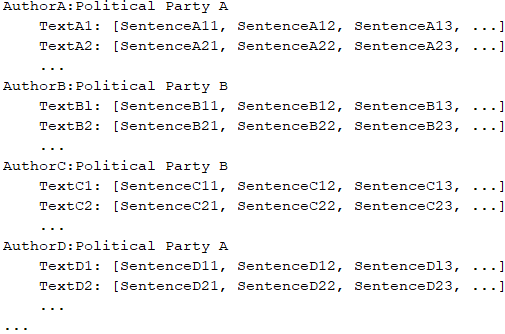

Your team is working on an NLP research project to predict political affiliation of authors based on articles they have written. You have a large training dataset that is structured like this:
You followed the standard 80%-10%-10% data distribution across the training, testing, and evaluation subsets. How should you distribute the training examples across the train-test-eval subsets while maintaining the 80-10-10 proportion?
rc380
Highly Voted 3 years, 11 months agosensev
3 years, 10 months agodxxdd7
3 years, 10 months agojk73
3 years, 9 months agojk73
3 years, 9 months agoinder0007
Highly Voted 4 years agoGogoG
3 years, 9 months agoDunnoth
2 years, 4 months agochibuzorrr
Most Recent 7 months, 1 week agoPhilipKoku
1 year, 1 month agogirgu
1 year, 1 month agotavva_prudhvi
2 years agoM25
2 years, 2 months agoJohn_Pongthorn
2 years, 4 months agoenghabeth
2 years, 5 months agobL357A
2 years, 10 months agosuresh_vn
2 years, 11 months agoggorzki
3 years, 5 months agoNamitSehgal
3 years, 6 months agoJobQ
3 years, 6 months agogiaZ
3 years, 4 months agopddddd
3 years, 9 months agoMacgogo
3 years, 9 months agoDanny2021
3 years, 10 months agogeorge_ognyanov
3 years, 9 months ago